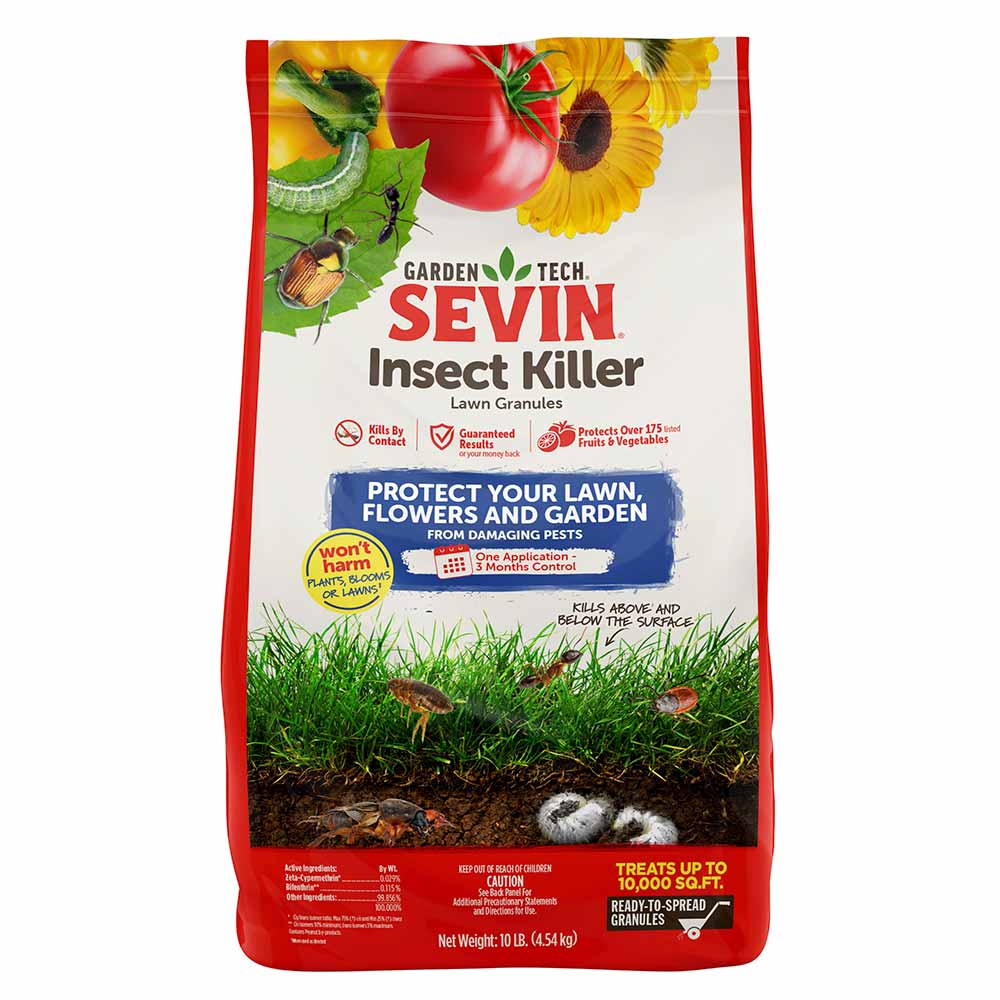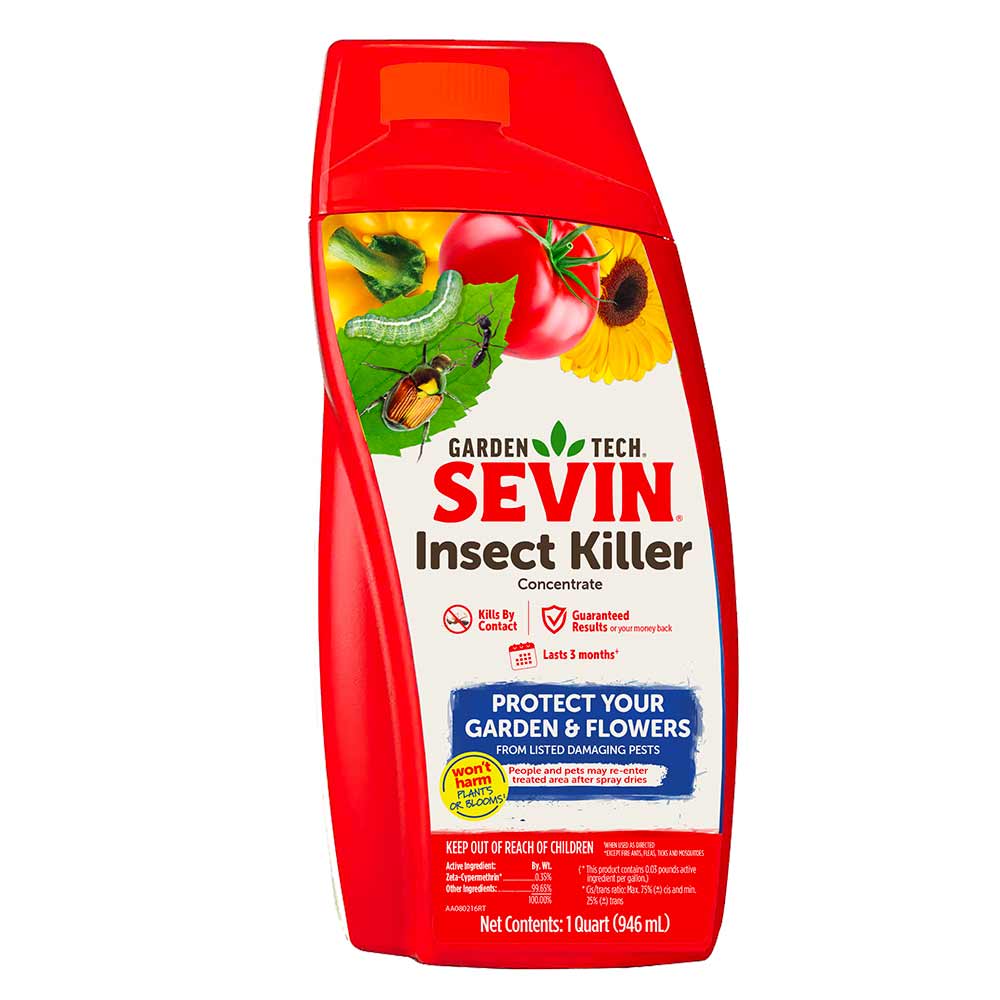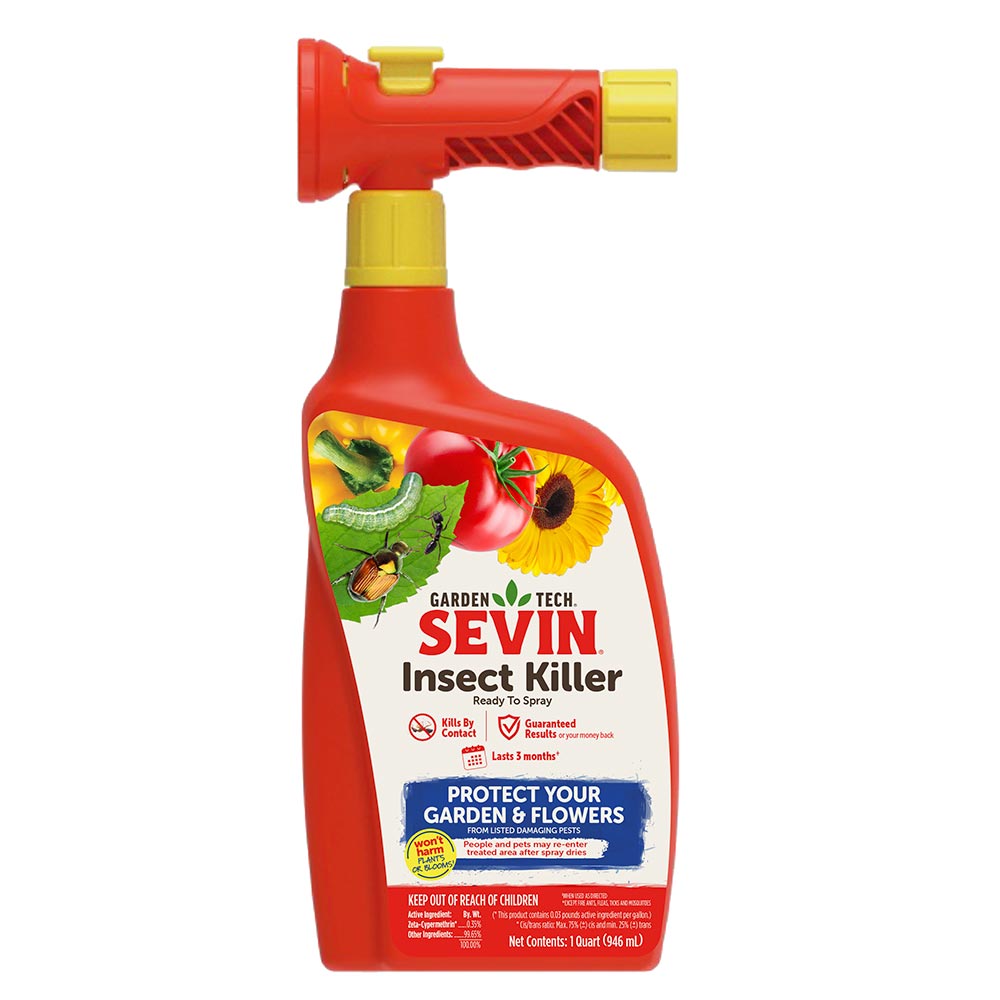Springtail
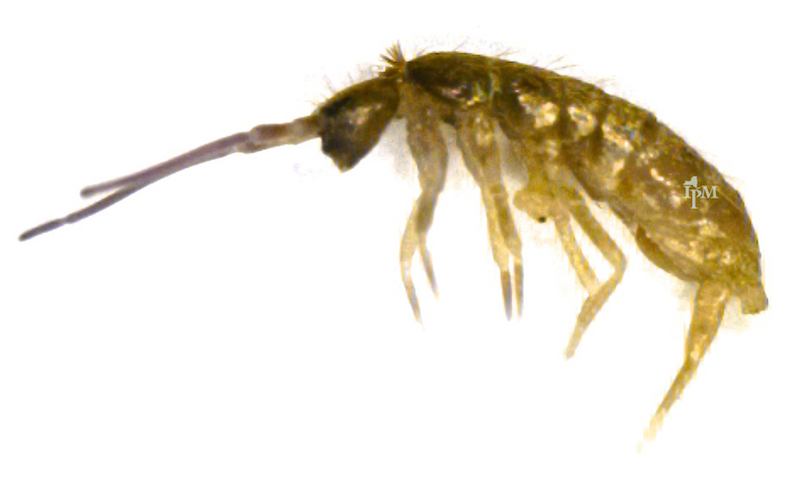

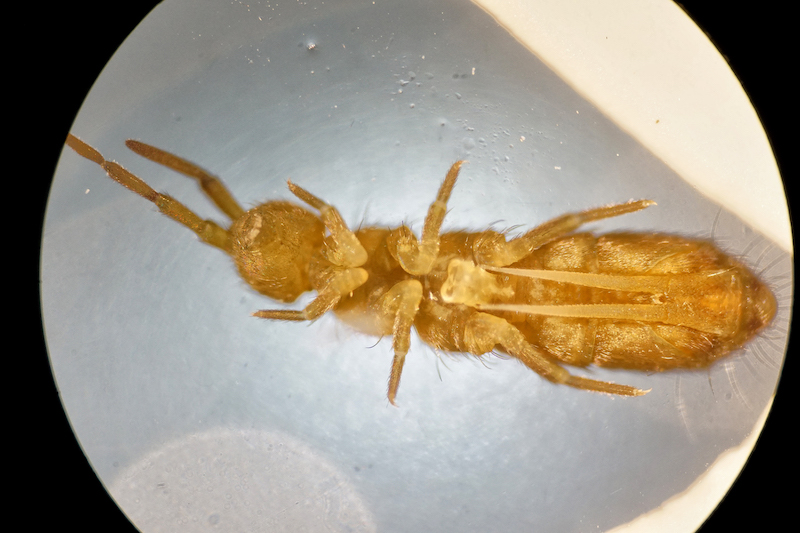
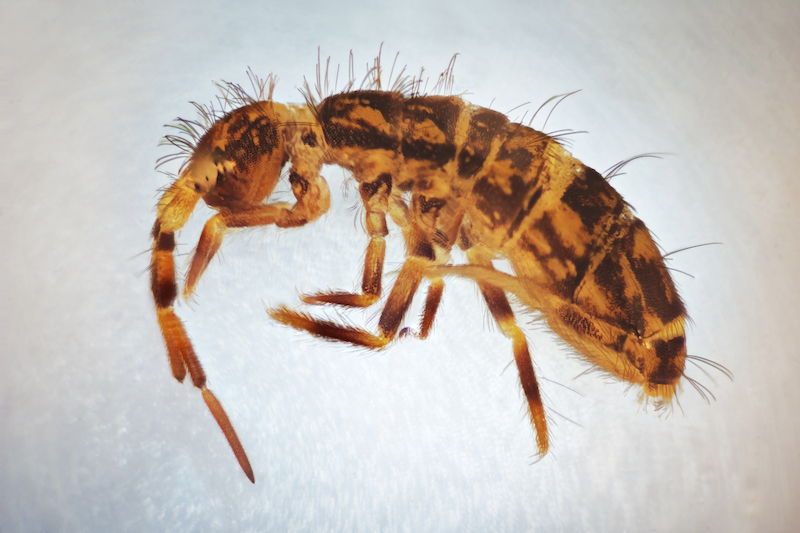
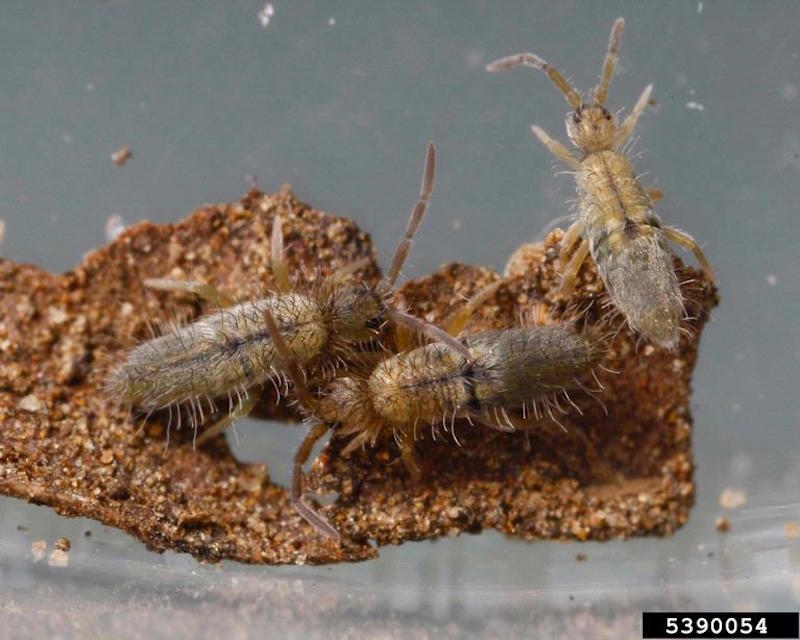
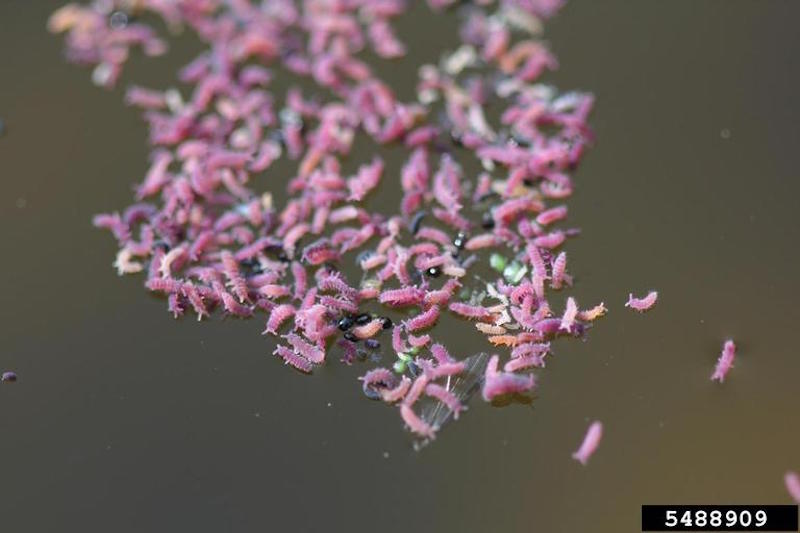
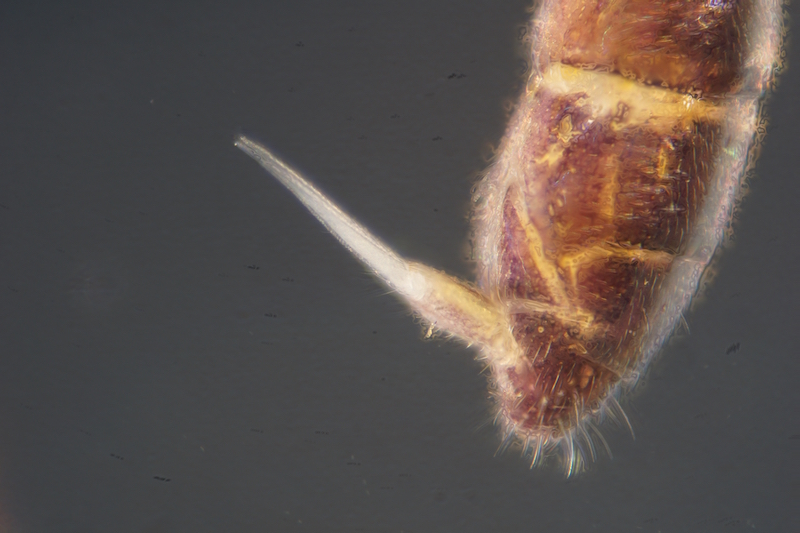
Springtails are common, extremely small insects that often go unnoticed. Much of the time, they're hidden in soil or moist, sheltered locations, where they feed on fungi and decomposing organic matter such as compost or decaying leaves. But when conditions turn dry, springtails seek out moisture, overrunning swimming pools and water features and entering homes. With plentiful moisture, these pests multiply prolifically and become serious nuisances outside and indoors.
Springtail Identification: Adult springtails typically measure 1/16 inch or less in length. Some species have globular bodies, but most are slender. Colors vary from white and pearly iridescent to mottled brown or black. Immature springtails look like smaller versions of the wingless adults.
Springtails get their name from a forked, tail-like appendage normally kept tucked beneath their bodies. When released, this "tail" works like a spring, catapulting the springtail several inches into the air. This jumping-like motion leads some people to mistake springtails for fleas. However, springtails have soft, rounded bodies, while fleas have hard, flat-sided bodies.
Signs/Damage of Springtails: Springtails occasionally feed on plant roots, but the damage is minimal. Problems arise when these pests congregate in moist areas and multiply. Thousands of springtails blanket walls, foundations and patios as their numbers grow. If not stopped outdoors, springtails multiply indoors in damp basements, kitchens and bathrooms anywhere with sufficient moisture.
How to Control Springtails: Effective springtail control involves reducing moisture and moist hiding places around your home and creating bands of protection to keep springtails at bay. These pests are small enough to fit through regular screen mesh and the tiniest of gaps around doors, foundations and windows, so effective treatment is essential.
GardenTech® brand offers several highly effective products to kill springtails by contact and keep protecting treated areas for up to three months. These products treat lawns, edible and ornamental gardens, and your home's perimeter:
- Sevin® Insect Killer Lawn Granules work above and below the soil line to kill and control springtails. Apply the ready-to-use granules with a standard spreader in a 5- to 10-foot band around your foundation and other targeted areas. Water the treated areas immediately to release the active ingredients.
- Sevin® Insect Killer Concentrate provides an economical liquid alternative for perimeters and larger treatment areas. Used with a pump-style sprayer, this non-staining formula treats soil, mulch, foundation plantings or other lawn and garden areas. It also treats your home's foundation up to a maximum height of 3 feet.
- Sevin® Insect Killer Ready to Spray simplifies quick, thorough coverage of lawn and garden areas, home perimeters and up to a 3-foot height on your home's foundation. The non-staining formula's convenient container attaches to a common garden hose to measure and mix automatically as you spray.
Tip: Springtails often breed and feed in moist mulch around home foundations. Keep foundations clear of excess mulch and plant debris, and treat the remaining mulch thoroughly.
Always read product labels and follow the instructions carefully.
GardenTech is a registered trademark of Gulfstream Home and Garden, Inc.
Sevin is a registered trademark of Tessenderlo Kerley, Inc.
Is this not your insect?
View all Insects

